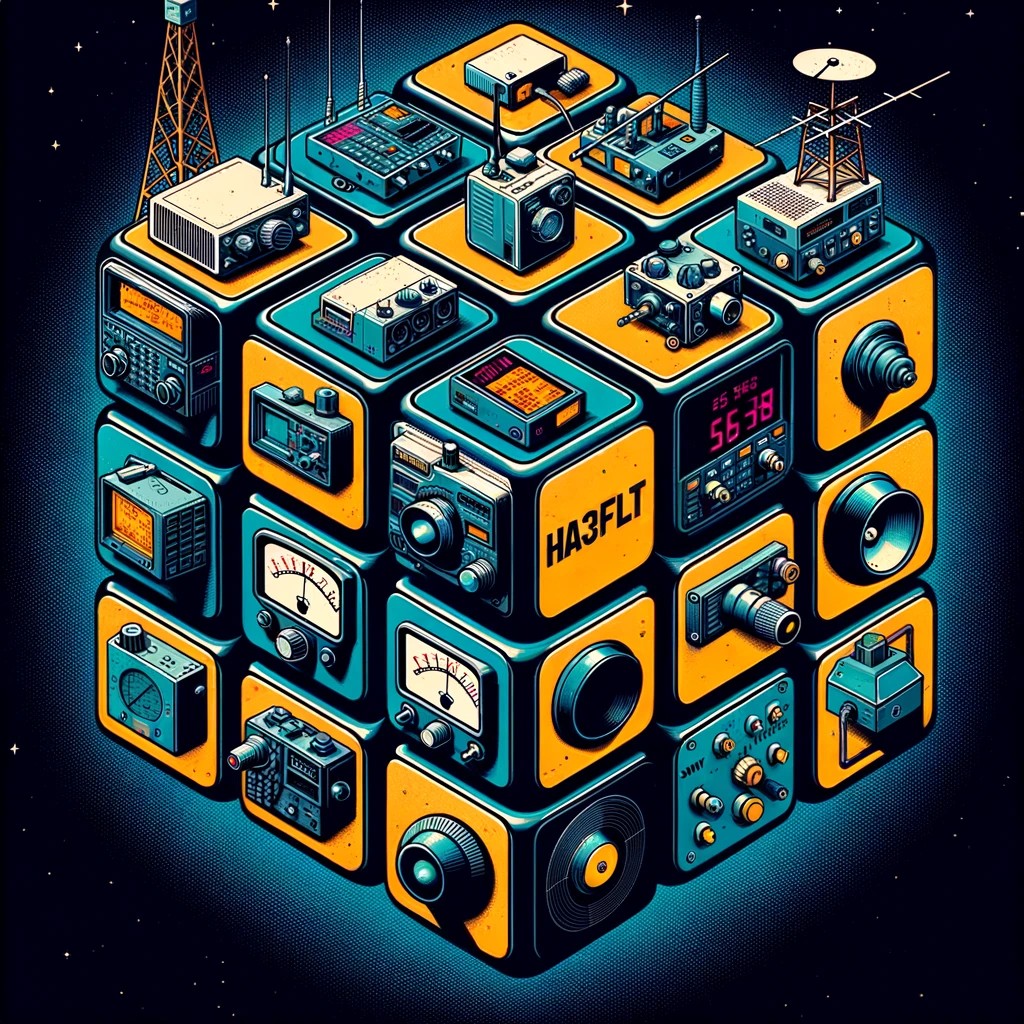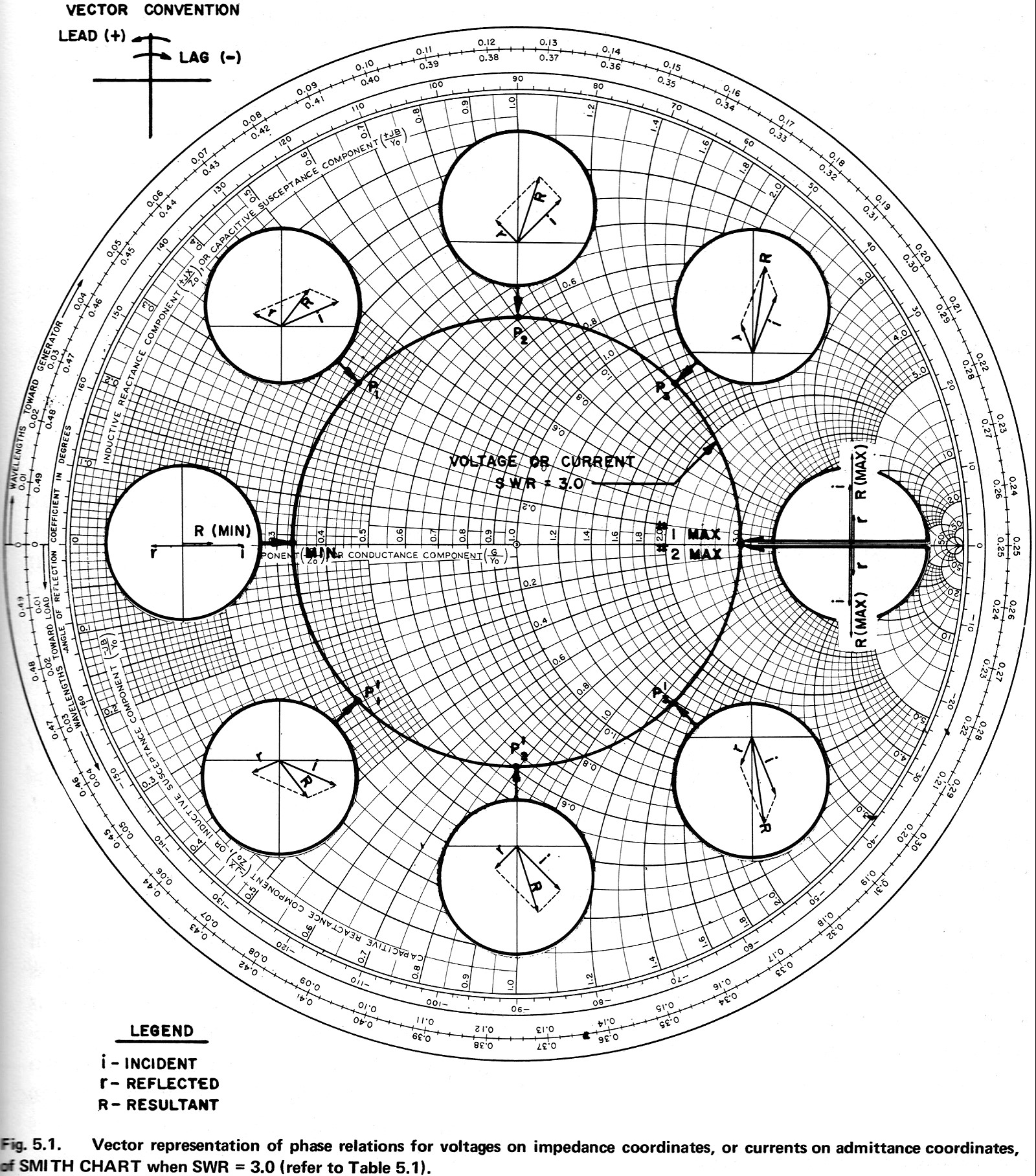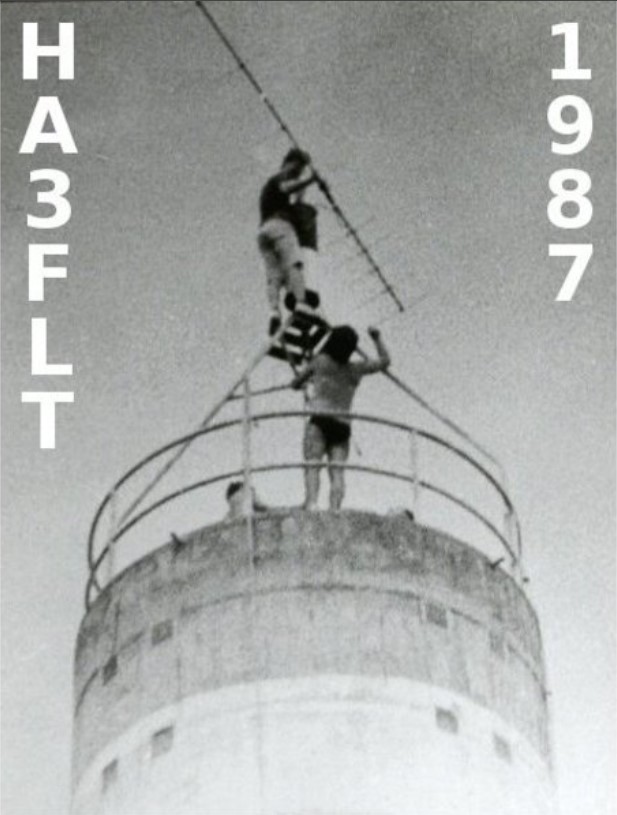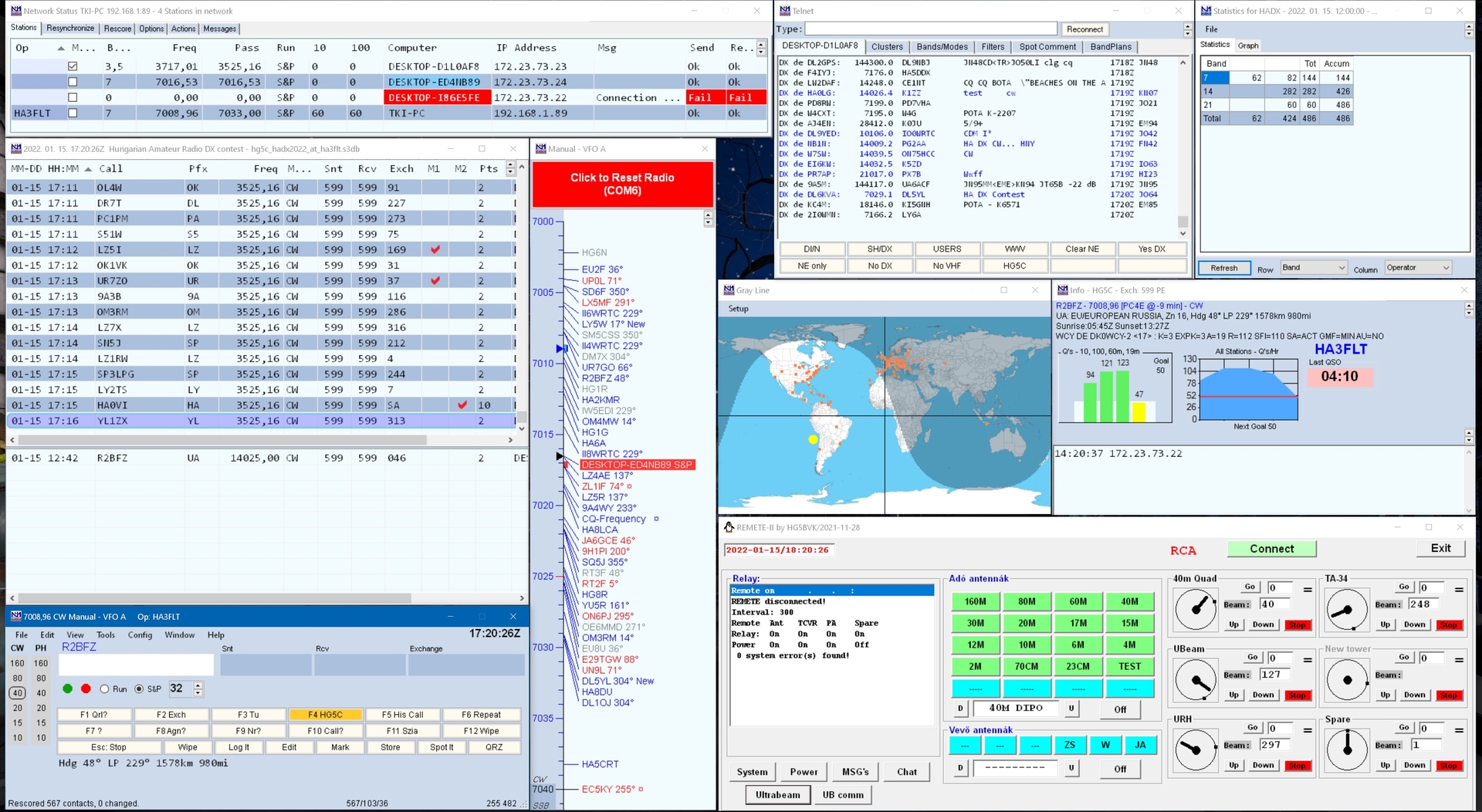About

This is the website of me, the being, the person, who is a radio amateur (out of the 3 millions on this planet) holding the perfectly official and licensed unique identifier, the callsign: HA3FLT. This part of my website is dedicated to my technical hobbies, mainly for the radio amateurism, wireless electronics, and audio electronics. The main purpose of this site is to show off the eventually interesting moments of my ham life (the word "ham" is a traditional, non-pejorative synonym for the "radio amateur"), engineering activities like equipment building, measurements, and so on.
As for the appearance, while I will not put animated gifs from the nineteen eighties on these pages, the oldschool and anti-material looking minimal design is intentional, enjoy it. :-) The "hand-coded", mostly CSS-only, but fully responsive and mostly WCAG-compliant style I used to create these pages is a good opportunity to learn the nuances of HTML5+CSS3.
Also, there is no database, no content management system to update on a daily basis and occasionally fix broken tables in the database afterwards. There are a lot of amateur radio services that help with this approach (to store my accumulated data elsewhere), I just have to remember to donate them for saving my time and much more... So, I use simple, peaceful static pages with some JavaScripts e.g. to hide personal data from automated collection, and some CSS frameworks, mainly for the sake of effortless compatibility between browsers, and for some ideas. Some PHP codes may also be used where necessary.
Why this hobby?

A randomly selected opinion: "RF Engineering is one of the most interesting and challenging parts of Electrical Engineering due to its high computational complexity of nightmarish tasks like impedance matching of interconnected blocks, associated with the practical implementation of RF solutions." (circuitdigest.com)
Amateur radio (ham radio, see Wikipedia) is about making wireless, mostly two-way contacts - for the sake of making contacts. Not for communication (although you will make friends), not for broadcasting (except in emergencies), not for making calculated links between two points, and not for chatting. But nobody is perfect, so we definitely do some of the latter. :-)
It traditionally incorporates the idea of fighting the ever-changing propagation of the radio waves of the bands by developing better equipment; radios, antennas, instruments. For the contacts (QSO's) that are more difficult to achieve, and for the joy of learning the vastly complex radio technology, just as the rock climbers enjoy the details and efforts of their battles against some earth formations and the elements.
The digital age has brought many improvements that may seem to stir up the waters by making computing and the computers part of the equipment, including the receiver and transmitter circuits themselves, and yes, there is the Internet to easily transfer lots of data - but there is no fundamental change in how enchanting radio waves are. Some of them still allow the very long distance contacts between two stations on opposite sides of the globe. They can use state-of-the-art equipment, as well as cheap electronics and simple wire antennas, with using only the amount of energy required to light a small light bulb, and no other infrastructure is needed to succeed. Technological advances have even opened up new areas of experimentation, allowing performances that analog radio circuits and stages could never achieve.
So, let's see that ham biography...

I'm over fifty now, but I was very active in my formative years, obtaining my personal licence in 1984. However, I wasted countless sunspots in the following couple of decades.
I usually make contacts from my club stations (HG7F [HA5FMV], HG5C [HA5KKC]) locally or remotely, as it is not feasible to erect an HF antenna at my home. Modes I use: mostly CW, occasionally SSB, sometimes digital (especially in the "AX25", packet era), and I also have DMR equipment which I switch on once a year.
These radio clubs mentioned above, which have built contest stations with serious antenna farms, have allowed me to be QRV on various bands (160m to 3cm) locally or remotely. These stations were first established decades ago and have been evolving ever since. It used to be a huge amount of work for both of them, and I too have tried to keep up and with it and participate over the last five..ten years.
I started out as an electrician, repairing a lot of 80's electronic equipment, but changed careers and have now spent more than 35 years in programming and systems programming.
I still enjoy learning about RF technologies as a hobby, and I'm always homebrewing ham, audio, and digital gadgets in my small but well-equipped shack. I enjoy quality literature and classical music - there is no mature mind without true aesthetics.
What else?
Electroacoustics and related problems. Science. Art. Intellectual qualities. Choices and professions. :-)

